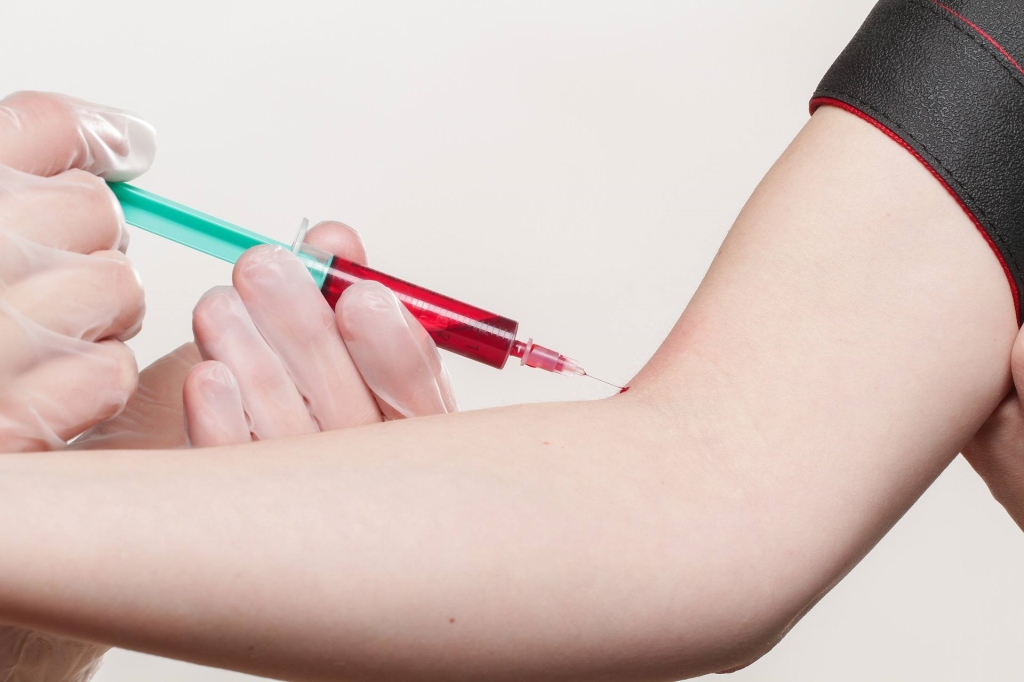10 Interesting Phlebotomy Facts Every Future Technician Should Know
As healthcare systems evolve, phlebotomy continues to play a crucial role in diagnostics and patient care. Whether you’re a student embarking on a phlebotomy career or considering it as a profession, understanding the fundamentals can lay a solid foundation for your future. Here’s a dive into 10 fascinating phlebotomy facts every future technician should know!
1. Historical Roots of Phlebotomy
Phlebotomy isn’t just a modern practice; its roots trace back to ancient medicine. Bloodletting was once a common treatment for various ailments. Nowadays, phlebotomy is a scientific process aimed at precise blood collection. understanding its history can help you appreciate the evolving standards and techniques in this field.
2. The Importance of Phlebotomists in Healthcare
phlebotomists are essential healthcare providers. They not only collect blood samples but also ensure patient comfort, process samples for lab testing, and play a key role in diagnosing diseases. Their expertise directly impacts patient outcomes, making their role vital in the healthcare team.
3. Types of Tests Performed
Phlebotomists collect blood samples for various types of tests, including:
- Complete Blood Count (CBC)
- Blood Chemistry Tests
- Blood Cultures
- Coagulation Tests
Each test serves a unique purpose and is critical for diagnosing and managing health conditions.
4. Diffrent Sampling Techniques
Phlebotomists use a variety of techniques when drawing blood, including:
- Venipuncture: Drawing blood from a vein.
- Capillary Blood Collection: Using a fingerstick or heel stick.
- Skin Puncture: For smaller blood samples, often used in pediatric patients.
Each method requires specific skills and knowledge to ensure safety and accuracy.
5.the Anatomy of Blood Vessels
Understanding human anatomy is crucial for phlebotomists. Key points include:
- Location of major veins: Median cubital vein, cephalic vein, and basilic vein.
- Identifying potential complications, such as hematomas or nerve damage during procedures.
- adequate positioning of the patient to facilitate easier blood draws.
6. Equipment and tools of the Trade
Phlebotomists utilize various tools and equipment, such as:
| Tool | Purpose |
|---|---|
| Vacutainer | To collect blood samples in vacuum-sealed tubes. |
| Needles | Used for venipuncture; available in various gauges. |
| Tourniquet | Helps to engorge veins for easier access. |
7. Infection Control and Safety Protocols
Infection control is paramount. Future phlebotomists must understand:
- Proper hand hygiene and use of gloves.
- Adherence to OSHA guidelines for bloodborne pathogens.
- Appropriate disposal methods for sharps and biohazard waste.
Maintaining a sterile habitat not only protects patients but also the phlebotomist.
8. Patient Interaction and Dialog skills
Strong communication skills are essential for effectively interacting with patients. future technicians should:
- Practice active listening to address patient concerns.
- Provide clear instructions and explanations before procedures.
- Ensure comfort and reassure anxious patients.
Building rapport can lead to a more successful blood draw experiance.
9. Certification and Continuing Education
While certification requirements vary by region, obtaining an accredited phlebotomy certification can enhance employment opportunities. Consider:
- participating in continuing education for skills advancement.
- Staying updated on new technologies and techniques in phlebotomy.
10. Job Outlook and Salary Potential
The job outlook for phlebotomists is promising, with a projected growth rate of about 22% over the next decade, according to the U.S.Bureau of Labor Statistics. Salary potential varies by location and experience, averaging between $30,000 to $50,000 annually. Those with specialized skills or certifications may command higher salaries.
Benefits and Practical Tips for Aspiring Phlebotomists
Choosing a career in phlebotomy can be fulfilling. Here are some benefits and tips:
- Short training period: Many programs can be completed in less than a year.
- Flexible work environments: Opportunities exist in hospitals, clinics, and laboratories.
- Contributing to patient care: Your work directly affects health outcomes.
Case Studies and first-Hand Experiences
Many phlebotomy technicians share that their initial fears of drawing blood quickly fade with practice. For instance, Sarah, a recent graduate, noted, “Once I learned to communicate effectively with patients, my confidence soared.Building rapport made the procedure smoother for both me and my patients.”
Conclusion
Entering the field of phlebotomy offers a unique opportunity to play a notable role in patient care. By embracing these fascinating facts and committing to ongoing education and skill development, aspiring phlebotomists can pave the way for a successful career. Whether you’re already in training or just exploring the field, knowing these essentials will empower you as you move forward in your phlebotomy journey!
